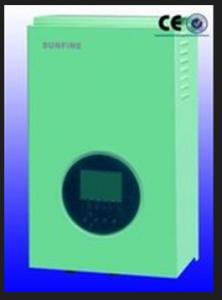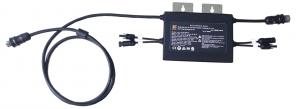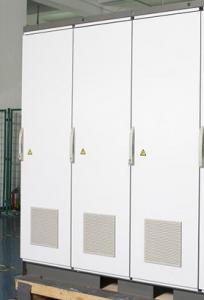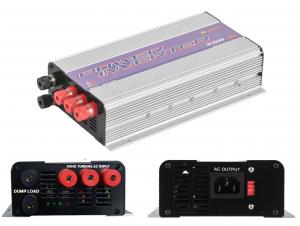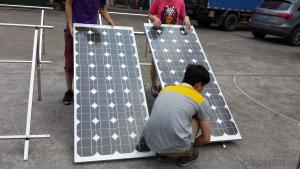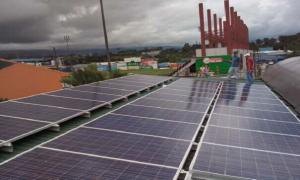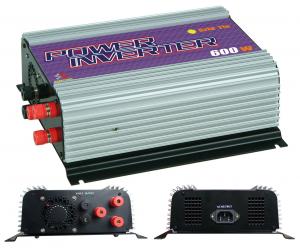Grid Tie Hybrid Solar Inverter
Grid Tie Hybrid Solar Inverter Related Searches
Led Light Bulbs For Ceiling Fixtures Led Lamps For Ceiling 42 In Ceiling Fan With Light Parts For Light Fixtures Light Projector For Christmas Grill With Led Light Bar Hanging Lights For Kitchen Bar Ceiling Lights For Sitting Room Ceiling Brackets For Lights Ceiling With Led LightsHot Searches
Aluminium Wire Mesh Manufacturers India Ceiling Fan Lowest Price Aluminium Scaffold Planks Sale Aluminium Walkway Mesh Prices Aluminum Bar Stock For Sale High Mast Light Price List Solar High Mast Light Specification High Mast Light Specification 6061 Aluminum Bar Stock Price Aluminum Bar Stock Price Stage Light Price Solar Inverter Fault Light Led Light Manufacturers Aluminum Round Bar Stock Sizes Aluminum Round Bar Stock Near Me Ceiling Fan Lowest Price Aluminum Flat Bar Stock Near Me Aluminum Bar Stock Sizes Aluminum Bar Stock Suppliers Aluminum Bar Stock Near MeGrid Tie Hybrid Solar Inverter Supplier & Manufacturer from China
Okorder.com is a professional Grid Tie Hybrid Solar Inverter supplier & manufacturer, offers integrated one-stop services including real-time quoting and online cargo tracking. We are funded by CNBM Group, a Fortune 500 enterprise and the largest Grid Tie Hybrid Solar Inverter firm in China.Hot Products
FAQ
- Yes, a solar inverter can be remotely monitored and controlled. Many modern solar inverters are equipped with advanced monitoring and communication capabilities, allowing them to be connected to a network and accessed remotely. This enables users to monitor the performance of their solar system, track energy production, and make adjustments or troubleshoot issues from a remote location using a computer, smartphone, or other devices.
- Yes, a solar inverter can be used with a generator. In fact, using a solar inverter in conjunction with a generator can provide a more reliable and efficient power supply. The solar inverter can convert the DC power generated by the solar panels into AC power, which can then be used to power various appliances and devices. When the solar panels are not producing enough electricity, the generator can kick in to provide additional power, ensuring a continuous and stable energy supply.
- A solar inverter communicates with other system components through various methods such as wired connections, wireless technologies, and communication protocols. It can be connected to the energy management system or smart grid through Ethernet cables or Wi-Fi for data exchange and control. Additionally, it may use communication protocols like Modbus or SunSpec to transmit information to monitoring devices, batteries, or other renewable energy sources within the system.
- Yes, a solar inverter can be used with a solar-powered irrigation system. The solar inverter is responsible for converting the DC power generated by the solar panels into AC power, which can then be utilized to power the irrigation system. This allows for efficient and sustainable water distribution in agricultural fields through the use of solar energy.
- A solar inverter handles voltage dip and interruption by continuously monitoring the incoming grid voltage. In case of a voltage dip, it utilizes its internal control mechanisms to stabilize and regulate the output voltage, ensuring a consistent power supply to the connected solar panels. In the event of a complete interruption of grid power, the inverter quickly switches to an off-grid mode, where it utilizes the solar energy stored in batteries (if available) to continue powering the connected loads. This way, it effectively mitigates the impact of voltage fluctuations and interruptions, ensuring uninterrupted power supply from the solar panels.
- A solar inverter handles shade on solar panels by utilizing a technology called maximum power point tracking (MPPT). MPPT allows the inverter to constantly monitor the output of each individual solar panel and adjust the voltage and current to maximize the power production. When shade is detected on a solar panel, the inverter automatically reduces the power output of the affected panel, ensuring that the shaded area does not significantly impact the overall performance of the system.
- Yes, a solar inverter can be used in a mobile or portable solar system. In fact, portable solar systems often include solar inverters to convert the direct current (DC) power generated by solar panels into alternating current (AC) power that can be used to run electrical devices or charge batteries. This allows for the convenience of using solar energy on the go, making it ideal for camping, outdoor activities, and emergency power needs.
- Yes, a solar inverter can be used in regions with high altitude conditions. However, it is important to consider the specific requirements and limitations of the particular solar inverter model being used. High altitude conditions may affect the performance and efficiency of the inverter, as factors like lower air density and temperature can impact its cooling capacity. Therefore, it is crucial to select a solar inverter that is specifically designed and tested for high altitude operations to ensure optimal performance and reliability.
















